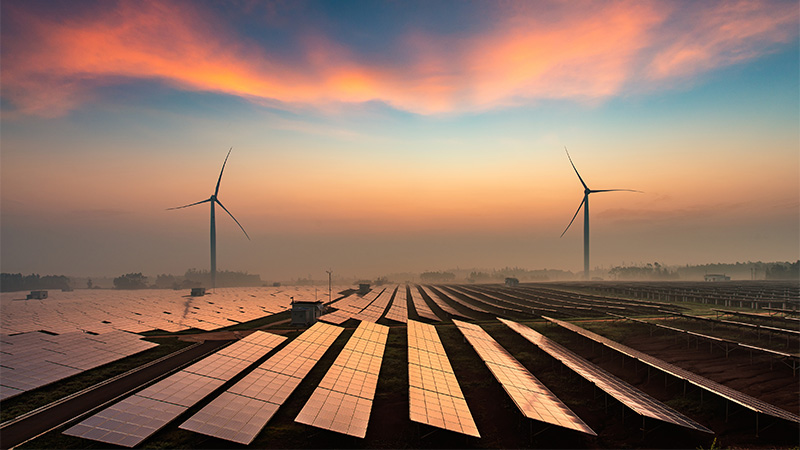The United States and the United Arab Emirates pledged in early April to help finance decarbonisation across the Middle East and North Africa (MENA) through investments in clean technologies – a sign of renewed climate diplomacy, whose success will hinge on the region’s fossil-fuel dependent economies putting words into action. In a joint statement, US Climate Envoy John Kerry and representatives from nine other regional states pledged to step up the deployment of renewable energy and hydrogen production in the region, reduce emissions from hydrocarbon fuels and spur investments in innovative solutions, such as capturing and storing carbon. In a separate statement, signed by all participating countries, they “committed to accelerate climate action,” and emphasised the link between investments in low-carbon solutions and job creation.
But the road won’t be easy – especially across MENA, where oil and gas are primary energy supply sources. The carefully worded joint statement, which says that the US and UAE will “intend to take steps to decarbonise our economies in line with our national circumstances and economic development plans,” indicates that those circumstances could be tricky. Building on Abu Dhabi’s 1.2-gigawatt Noor solar park, the world’s biggest single-site solar project, the UAE has announced a flurry of initiatives, including the construction of the world’s largest and cheapest solar power plant – the 2-gigawatt Al Dhafra, and development of hydrogen fuel, a promising zero-carbon fuel for transport and aviation. During the recent Regional Dialogue Conference on Climate Change in Abu Dhabi, Oman also announced its plans to boost their clean energy plans in solar and wind, while Morocco and Bahrain said last month they want to collaborate on renewable energy.
However, while the region has distinct capabilities and great potential that allow it to contribute to facing the common global challenge of climate change, the UAE is at the same time the world‘s 7th biggest petroleum producer, with fossil fuel exports accounting for 25% of all export revenue in 2019, with oil and gas production projected to increase over the next years. Several other countries that participated in the climate dialogue share similar profiles – including Iraq and Kuwait that are also among the world’s top 10 biggest oil producers and exporters – but also when it comes to their promising renewable energy potential. How deeply these countries in the MENA region tap into that green potential will also largely depend on how their societies will look post-pandemic. With oil markets and the entire global economy still reeling from last year’s historic collapse due to the pandemic, and in light of global efforts to accelerate the energy transition, there may be no return to ‘normal’ for the oil market in the post-COVID era. MENA governments will thus be faced with many tough choices and hard decisions that will determine how quickly the Middle East and North Africa region will decarbonise their economies.




